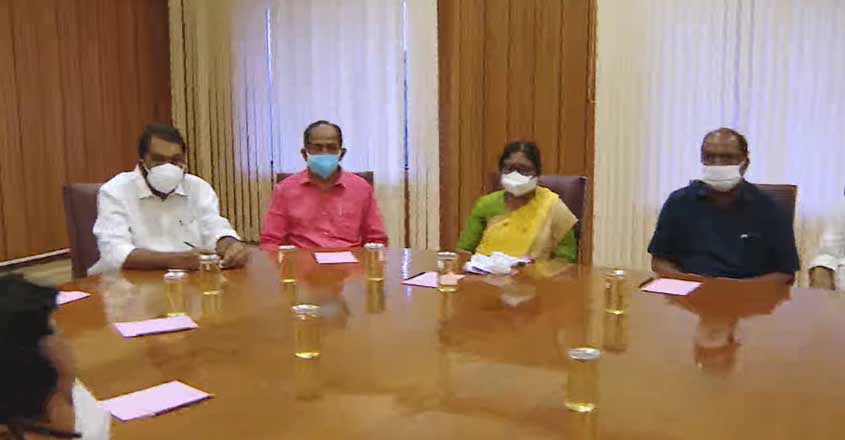
Additionally, this maneuver enables you to clear failures to eject. This allows you to determine whether the ammunition or the weapon causes the failure to fire. If you’ve experienced a failure to fire, you’ll need to eject the potentially defective cartridge and feed a fresh one from the magazine. This will unload the gun and plays an integral role in clearing several common malfunctions. Don’t ride the slide forward - allow the recoil spring to return the action to battery.

Grasp the top of the slide with your support hand and rack, or retract it, forcefully. Magazine failures cause many firearm malfunctions. An improperly seated magazine can cause a failure to feed. Tapįirst, tap the magazine to ensure it’s correctly seated in the magazine well. When your gun fails to cycle, and you need to return it to a serviceable condition rapidly, there’s a simple drill that is widely taught in shooting schools called “tap, rack, bang.” This drill describes a three-part sequence of actions that can remedy most stoppages quickly. However, a misfire isn’t the only way in which a firearm can malfunction. Then, retract the slide or charging handle to open the breech and unload the gun. Keep the muzzle pointed in a safe direction at all times and your index finger off the trigger and outside the trigger guard. However, if the dimple is smaller than usual and shallow, this could be an indication that your firing pin or firing-pin spring needs replacing.

If the primer strike appears normal in-depth and diameter, this may simply be a defective round. Once you’ve removed the unfired cartridge, examine the primer and compare it to other spent cartridges fired in the same weapon. If you open the breech and the round fires, you will experience an out-of-battery ignition, which can injure you or cause damage to the firearm. This guideline is intended to rule out the possibility of a hang fire - i.e., delayed primer ignition. If you experience a failure to fire, manufacturers usually recommend you wait 30 seconds to 5 minutes before attempting to clear the weapon.

A misfire can be caused by a defective primer or a light primer strike. Misfire is synonymous with failure to fire, and you’ll usually experience this type of malfunction as an audible click. What is a Misfire ?Ī misfire occurs when the firing pin or striker fails to detonate the primer or the primer fails to ignite the propellant charge in the cartridge. As a result, firearms can experience mechanical malfunctions for various reasons, from fouling and a lack of lubrication to parts breaking. Firearms are complex machines with multiple parts moving at high velocity under heat, friction, and stress.


 0 kommentar(er)
0 kommentar(er)
